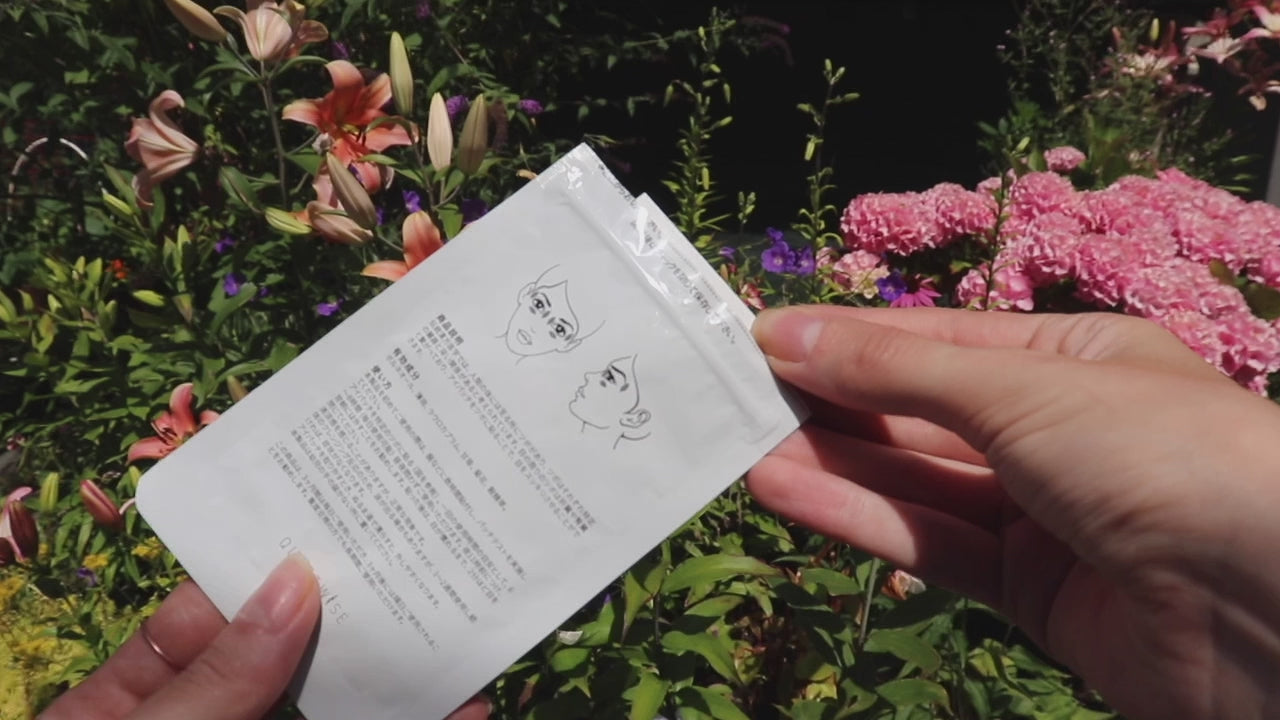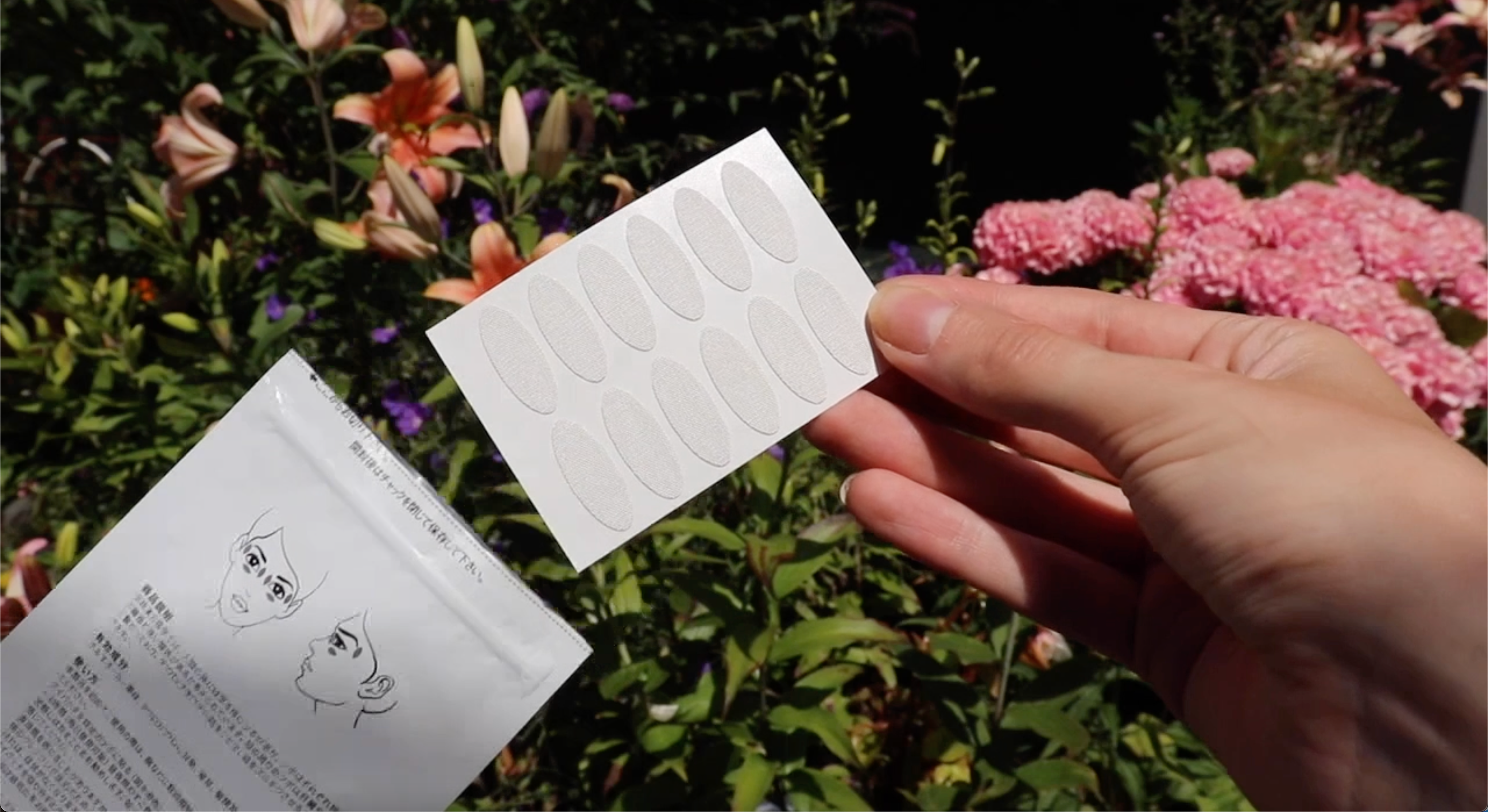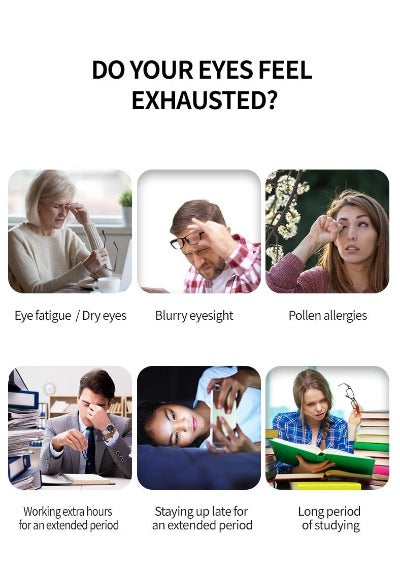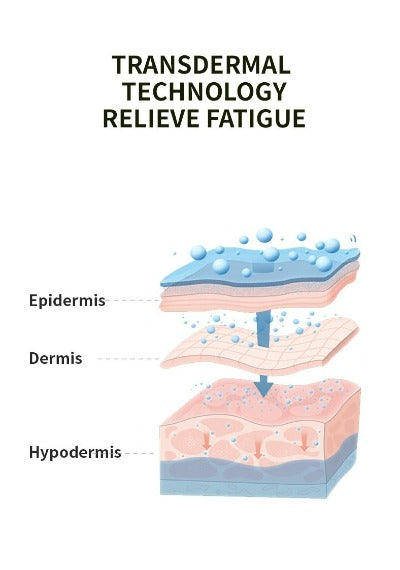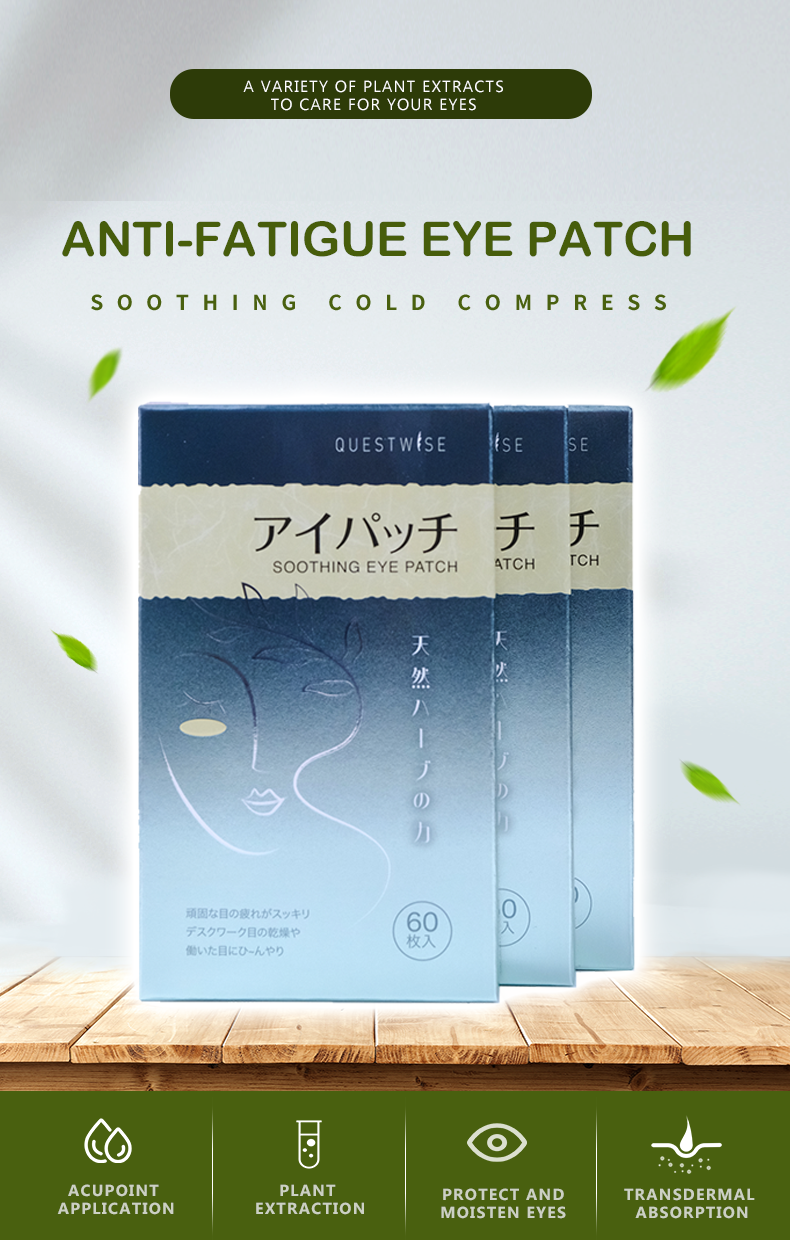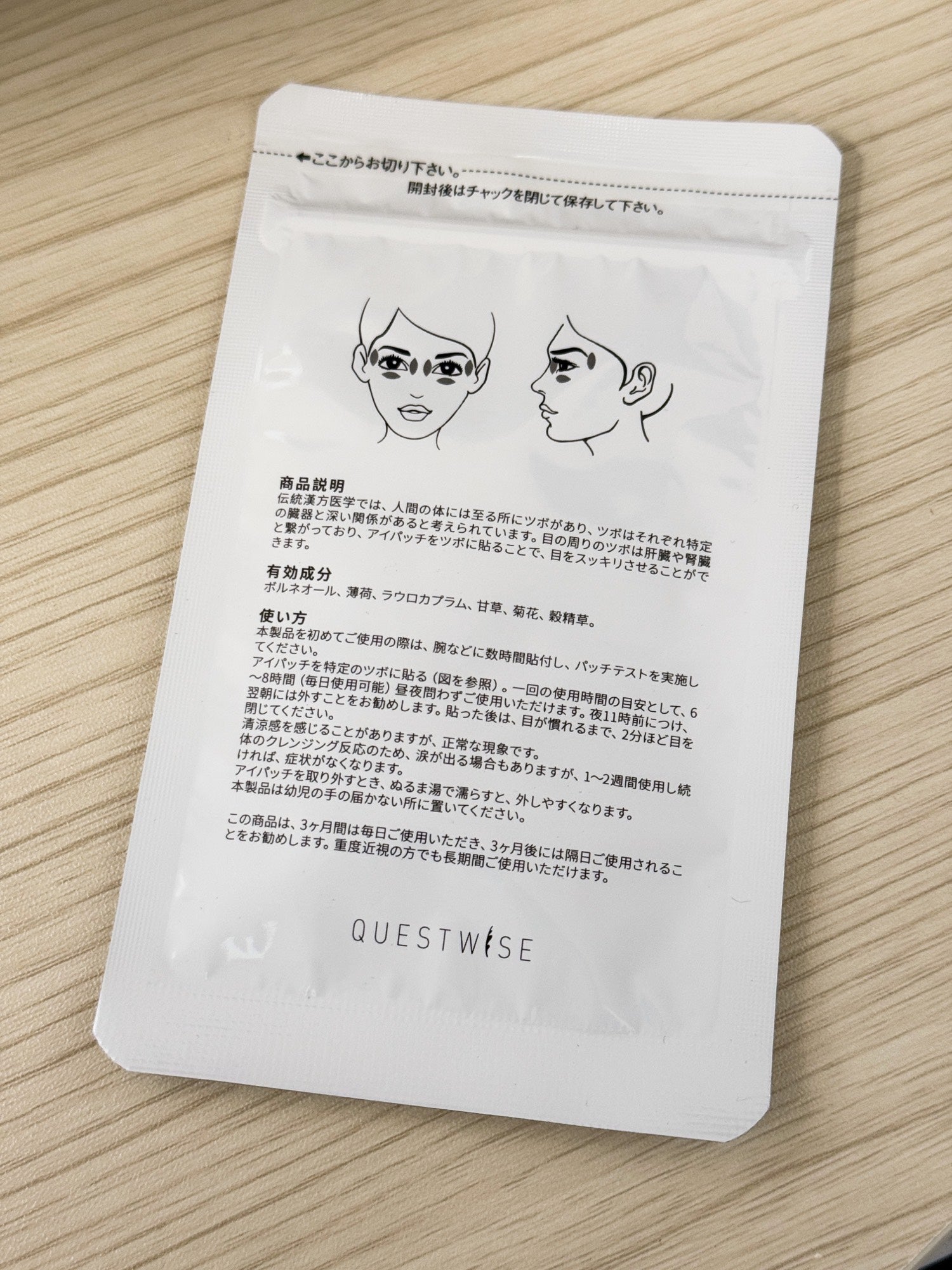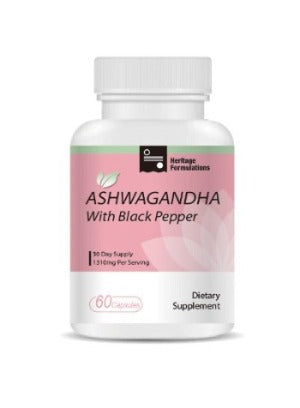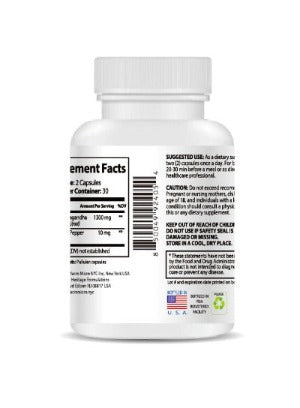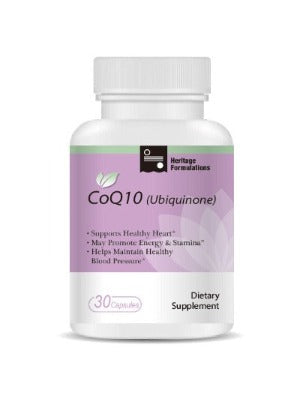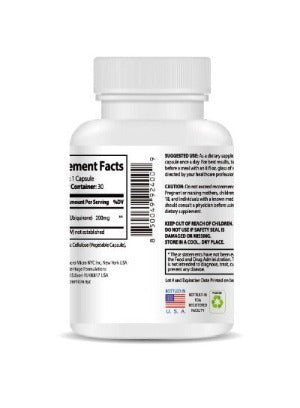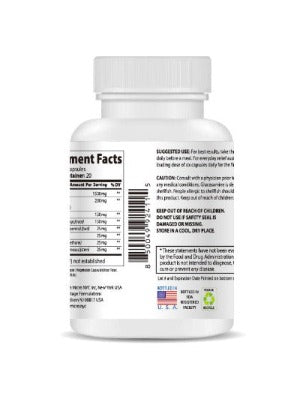Why Your Eyes Feel Gritty After Contacts—And What You Can Do
If you wear contact lenses, you’ve probably experienced that uncomfortable, gritty sensation—like sandpaper scraping your eyes after a long day. It’s not just you: 60% of contact lens wearers deal with dry eye symptoms, a risk four times higher than the general population’s 14-33%, according to research. Meibomian Gland Dysfunction (MGD), a primary cause of dry eyes, can turn routine lens wear into a daily struggle with redness, irritation, and even blurred vision. Left unchecked, dry eyes can lead to serious issues like corneal infections, costing $1,000-$3,000 to treat, or vision correction surgeries up to $5,000. Why do contacts cause this grittiness, and how can you find relief? This guide breaks down the science behind dry eye syndrome, the risks of ignoring it, and practical solutions to keep your eyes comfortable and your vision clear—no matter how long you wear your lenses.
Why Contact Lenses Make Your Eyes Feel Gritty
Over 140 million people worldwide rely on contact lenses for sharp vision without glasses, but for 60% of them, dry eye syndrome is a persistent issue—far surpassing the 14-33% prevalence in the general population. That’s a risk up to four times higher, and it’s tied directly to how contacts affect your eyes’ natural defenses.
The Science Behind Gritty Eyes
Your eyes depend on a tear film—a thin layer of water, oils, and mucus—to stay hydrated and comfortable. The oily layer, produced by meibomian glands in your eyelids, prevents tears from evaporating too quickly. Contact lenses disrupt this balance in two major ways:
-
Reduced Blinking: Normally, you blink about 15 times per minute, spreading tears evenly. Contacts can cut this to just 5 blinks, leaving your tear film patchy and dry.
-
Corneal Stress: Lenses restrict oxygen flow to the cornea, increasing irritation and dryness, especially during extended wear.
Meibomian Gland Dysfunction (MGD) is the leading culprit behind dry eyes. When these glands don’t produce enough oil, tears evaporate faster, causing that gritty, uncomfortable feeling. For contact lens wearers, particularly those using lenses for 8+ hours daily, this creates a cycle of irritation that can worsen over time.
Symptoms That Demand Attention
Dry eye symptoms go beyond grittiness and can disrupt your daily life:
-
Redness and Itchiness: Bloodshot eyes or a constant urge to rub them.
-
Burning Sensation: A stinging or fiery feeling in your eyes.
-
Blurred Vision: Trouble focusing, especially after long lens wear.
-
Floaters or Light Sensitivity: Seeing specks or struggling in bright environments.
These symptoms aren’t just bothersome—they signal a problem that could escalate. Chronic dry eyes can damage the cornea, raising the risk of infections or early vision issues like floaters, particularly for younger wearers pushing their eyes to the limit.
The Real Risks of Ignoring Dry Eye Symptoms
Dry eye syndrome, especially when driven by MGD, is a progressive condition that doesn’t improve on its own. For contact lens wearers, ignoring symptoms can lead to serious consequences:
-
Corneal Infections: Persistent dryness can inflame the cornea, increasing infection risk. Treatment costs range from $1,000 for medications to $3,000 for specialist care, with severe cases requiring hospitalization.
-
Vision Complications: Chronic dry eyes may contribute to floaters or pseudo-myopia, affecting focus and clarity, especially in students or young professionals.
-
Lifestyle Impact: Red, gritty eyes can sap confidence in social settings, make work presentations harder, or hinder academic performance.
Take Jessica, a 27-year-old graphic designer in Chicago. She wore contacts for 10 hours daily, brushing off the grittiness as “normal.” “My eyes were so red and uncomfortable,” she says. “I didn’t realize it was affecting my designs until blurry vision slowed me down.” Or consider David, a 40-year-old accountant in Miami, whose dry eyes made crunching numbers a chore. “I was worried about needing surgery,” he admits. These stories highlight why addressing dry eyes early is critical—not just for comfort but to avoid thousands in medical costs.
Artificial tears might seem like a quick fix, but they’re often a temporary bandage. Many contain preservatives that can irritate eyes with prolonged use, failing to address the underlying issue: a disrupted tear film. So, what can you do to break the cycle?
Practical Solutions to Relieve and Prevent Dry Eyes
Dry eye syndrome doesn’t have to dominate your life as a contact lens wearer. With science-backed strategies, you can prevent discomfort, relieve symptoms, and protect your vision. Here’s how to take control.
Preventing Dry Eyes Before They Start
If you’re not yet experiencing symptoms but want to stay proactive, these habits can keep your eyes healthy:
-
Opt for High-Oxygen Lenses: Silicone hydrogel lenses allow more oxygen to reach your cornea, reducing dryness and irritation.
-
Cap Wear Time: Limit lens use to 8 hours daily. Remove them during naps or breaks to give your eyes a rest.
-
Blink Intentionally: Consciously blink every few seconds, especially during focused tasks, to maintain tear flow.
-
Stay Hydrated: Drink 8-10 glasses of water daily to support tear production and overall eye health.
-
Try Natural Relief: Products like WiseQuest Herbal Eye Patches, infused with chrysanthemum, mint, and licorice, provide a preservative-free way to nourish your eyes and prevent dry eye symptoms, keeping your vision clear.
Relieving Dry Eye Symptoms
If you’re already battling grittiness, redness, or blurred vision, these targeted strategies can help:
-
Apply Warm Compresses: Use a warm, damp cloth for 5-10 minutes daily to stimulate meibomian gland function, boosting tear film oils.
-
Avoid Irritants: Steer clear of smoky environments, dry climates, or heavy air conditioning, which worsen symptoms.
-
Skip Preservative-Heavy Eye Drops: These can aggravate irritation over time. Instead, consider natural solutions like WiseQuest Herbal Eye Patches to soothe discomfort and redness caused by contacts.
-
See an Eye Specialist: If symptoms persist, consult an optometrist to evaluate for MGD or other underlying issues.
Real-Life Success Stories
These strategies have transformed lives:
-
Jessica, 27, Chicago: “Switching to high-oxygen lenses and using natural eye care products stopped the grittiness. I’m designing with confidence again.”
-
David, 40, Miami: “Warm compresses and natural relief ended my constant eye irritation. I’ve saved money and my eyes feel great.”
-
Sophie, 23, Seattle Student: “Dry eyes made studying tough. Better lens habits and natural solutions cleared my vision and improved my focus.”
These solutions work because they address MGD and tear film imbalance directly, helping you avoid complications and maintain eye comfort.
Why WiseQuest Makes a Difference
For contact lens wearers seeking a natural way to combat dry eyes, WiseQuest Herbal Eye Patches are a standout choice. Crafted in Japan with an 86% user satisfaction rate, these patches use chrysanthemum (antioxidants), mint (anti-inflammatory), and licorice (circulation-boosting) to support eye health. At just $3 a day—less than your daily coffee—WiseQuest offers a preservative-free alternative to artificial tears, trusted by millions globally.
Protect Your Eyes Today
Dry eye syndrome, often caused by MGD, affects 60% of contact lens wearers—four times the risk of others. Don’t let gritty, red eyes or the threat of $3,000 treatments take control. With simple habits and natural solutions like WiseQuest Herbal Eye Patches, you can keep your eyes comfortable and your vision sharp. Ready to act? Try a $5 trial pack or grab a $30 10-day pack with a 30-day money-back guarantee at wisequest.com. Take charge of your eye health now—your eyes will thank you!



